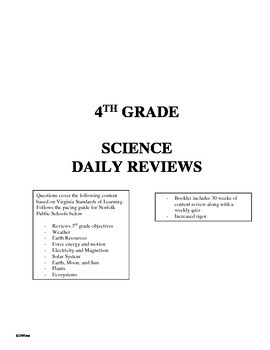
The planks on this “woodpile” design are a mere 30 nanometers apart from one another. Frederik Mayer and Martin Wegener of Karlsruhe Institute of Technology, and their co-workers constructed this tiny object using a new material for 3D printing. Xiaohu Gao from the University of Washington and associates combine two highly effective applied sciences; quantum dots and a technique for amplifying the fluorescence given off by imaging molecules, called signal amplification by exchange response (SABER).
Pro Sports Starting Vast, Science-primarily based Experiment In Covid Re-entry
Jesper Nygård and Thomas Sand Jespersen from the University of Copenhagen and their co-workers have created a crystal growth platform for in situ progress of semiconductor/superconductor hybrids. The technique eliminates the necessity for etching, enabling full freedom in the choice of hybrid constituents. There is artwork in science and science in art — right here we’ve put together some of the most inspiring science pictures revealed in our journals this month.
Why Covid-19 Is Both Startlingly Unique And Painfully Familiar
A current research finds that up to 31{e5210e2b2646e08f17e89a274273c413a1386b903ccae2616793a547f8de7c06} of plastic exported for recycling isn’t recycled in any respect. Understanding the mechanisms that regulate coordinated growth within the physique and the outstanding parallels between species allows scientists to create a common mannequin for morphological scaling.
This SEM image comes courtesy of Roey Elnathan and Nicolas Voelcker at Monash University, and their co-staff, demonstrating the usage of vertical silicon nanotubes (SiNTs) to control cell progress and gene modifying through intracellular delivery of small molecules. The massive scale bar represents 10 µm, while the dimensions bar in the inset represents just 2 µm.
Jonathan Hopkins of the University of California, Los Angeles and associates report a scalable strategy to assembling 3D arrays of microgranular crystals utilizing holographic optical tweezers. Vascular networks are central components of organ‐on‐a‐chip methods.
